- The ISO 14000 family is a series of international standards for environmental management, designed to help organizations minimize their environmental footprint and comply with regulations.
- The cornerstone is ISO 14001, which sets the requirements for an Environmental Management System (EMS). This standard helps companies establish a structured approach to their environmental responsibilities.
- Key areas covered by the family include Life Cycle Assessments (LCA), Greenhouse Gas (GHG) Management, environmental auditing, and eco-labelling, providing a complete toolkit for sustainable operations.
- Standards like ISO 14067 (Product Carbon Footprint) and ISO 14064 (Organizational Carbon Footprint) provide specific methodologies for accurately measuring and reporting carbon emissions.
- Adopting these standards helps businesses improve efficiency, reduce costs, enhance their reputation, and meet the growing demands of stakeholders for greater environmental responsibility.
The ISO 14000 family of standards is the leading global framework for environmental management. For any business aiming to operate sustainably, understanding these standards is essential. This collection of voluntary standards offers a structured approach for organizations of any size to effectively manage their environmental responsibilities.
At its core, the goal of the ISO 14000 family is to support sustainable development: meeting the needs of the present without compromising the ability of future generations to meet their own needs. These standards provide the tools to build an effective Environmental Management System (EMS), measure your impact, and communicate your efforts with credibility.
This guide serves as a central resource, offering a detailed overview of each standard within the ISO 14000 family, organized by category.
Environmental Management Systems (EMS)
This foundational category provides frameworks for organizations to establish, implement, and continually improve a system for managing their environmental responsibilities.
ISO 14001:2015
Environmental management systems — Requirements with guidance for use.
This is the cornerstone of the ISO 14000 family and the only standard in the series that can be certified. It outlines a systematic framework for organizations to manage environmental impacts, fulfill compliance obligations, and achieve environmental objectives. Implementing ISO 14001 demonstrates a commitment to environmental stewardship, which can enhance a brand's reputation and provide a competitive advantage.
ISO 14002-1:2019
Guidelines for using ISO 14001 to address environmental aspects and conditions.
This standard offers a general framework to help organizations apply their ISO 14001 EMS to specific environmental topics like waste or energy management. It provides a structured approach to identifying and managing significant environmental aspects in greater detail.
This guidance helps deepen the effectiveness of an EMS by focusing on high-priority areas.
ISO 14002-2:2023
Guidelines for using ISO 14001 to address water-specific environmental aspects.
As a topic-specific extension of the ISO 14002 series, this standard provides detailed guidance for managing water-related issues within an EMS. It helps organizations address water consumption, pollution, and risks like flooding or scarcity. This is increasingly important for businesses in water-stressed regions or those with high water dependency.
ISO 14004:2016
Guidelines for the implementation of an EMS.
This standard serves as a practical "how-to" guide for ISO 14001, offering detailed explanations, examples, and best practices. It helps organizations of all sizes understand and apply the requirements of ISO 14001 more effectively. It is a valuable resource for those new to environmental management or seeking to improve an existing system.
ISO 14005:2019
Guidelines for a phased implementation of an EMS.
Recognizing that a full EMS implementation can be challenging, especially for small and medium-sized enterprises (SMEs), this standard provides a flexible, step-by-step approach. It allows organizations to build their EMS incrementally, making the process more manageable and accessible. This approach helps companies realize benefits sooner while working toward full ISO 14001 compliance.
ISO 14006:2020
Guidelines for incorporating ecodesign into an EMS.
This standard focuses on integrating environmental considerations into the product design and development process. By applying ecodesign principles, organizations can reduce the environmental impact of their products throughout their entire life cycle. This proactive approach helps minimize waste, conserve resources, and often leads to innovation and cost savings.
ISO 14009:2020
Guidelines for incorporating material circulation in design and development.
Building on ecodesign, this standard provides specific guidance on implementing circular economy principles. It helps organizations design products for longevity, repairability, and material recovery, moving away from a linear "take-make-dispose" model. This is essential for building a more sustainable and resource-efficient economy.
Environmental Auditing & Evaluation
This group of standards provides tools and frameworks for assessing environmental performance, verifying claims, and ensuring the credibility of environmental data.
ISO 14015:2022
Environmental management — Environmental assessment of sites and organizations.
This standard guides the process of environmental due diligence, which is critical during business transactions like mergers, acquisitions, or property sales. It helps identify potential environmental liabilities and risks, allowing organizations to make informed decisions and avoid unforeseen costs. Compliance with this standard ensures a thorough and systematic assessment.
ISO 14016:2020
Guidelines on assurance of environmental reports.
As stakeholders demand greater transparency, this standard provides a framework for the independent verification of environmental reports. Assurance by a third party enhances the credibility and reliability of the information presented. This is important for building trust with investors, customers, and regulators.
ISO 14017:2022
Guidelines and examples for quantifying greenhouse gas emissions for projects.
This standard offers a methodology for quantifying GHG emissions and removals at the project level. It is used to assess the climate impact of specific initiatives, such as renewable energy installations or energy efficiency upgrades. Following this guidance ensures that claimed emission reductions are accurately calculated and reported.
ISO 14030-1:2021
Environmental performance evaluation — Green debt instruments — Part 1: Process for green bonds.
This standard specifies the process for issuers to designate bonds as "green," a key part of the growing sustainable finance market. It establishes requirements for the use of proceeds, project evaluation, and transparent reporting. This ensures that funds raised through green bonds are genuinely directed toward projects with environmental benefits.
ISO 14030-2:2021
Environmental performance evaluation — Green debt instruments — Part 2: Process for green loans.
Similar to Part 1, this standard provides a parallel framework specifically for green loans. It sets out the principles and requirements for both borrowers and lenders to designate a loan as "green." This helps standardize the green loan market and provides clarity for all parties involved in the financing process.
ISO 14030-3:2022
Environmental performance evaluation — Green debt instruments — Part 3: Taxonomy.
This part defines a clear taxonomy of eligible investment categories and sectors for green debt instruments. It provides criteria to identify projects that contribute to environmental objectives while ensuring they do no significant harm to others. This taxonomy is crucial for maintaining the integrity and credibility of what qualifies as a green investment.
ISO 14030-4:2021
Environmental performance evaluation — Green debt instruments — Part 4: Verification programme requirements.
This standard underpins the entire ISO 14030 series by outlining the requirements for the bodies that verify claims of conformity. It ensures that verifiers are competent and follow a rigorous, consistent process. This third-party verification is mandatory for any green bond or loan claiming to conform to the ISO 14030 standards.
ISO 14031:2013
Environmental performance evaluation — Guidelines.
This standard provides a process for organizations to measure, monitor, and communicate their environmental performance using key performance indicators (KPIs). It helps management track progress against environmental objectives and make data-driven decisions. This tool is fundamental for driving continual improvement within an EMS.
ISO 14033:2019
Quantitative environmental information — Guidelines and examples.
This standard focuses on ensuring the quality, reliability, and comparability of quantitative environmental data. It provides guidelines for data collection, processing, and reporting, which is essential for credible tools like Life Cycle Assessments and carbon footprinting. High-quality data is the foundation of effective environmental management.
Environmental Labels & Declarations
This series of standards governs how environmental claims are made, ensuring they are accurate, verifiable, and not misleading to consumers or other businesses.
ISO 14020:2000
Environmental labels and declarations — General principles.
This document establishes the foundational principles for all types of environmental claims and labels. It aims to promote the use of accurate and verifiable information to drive demand for more sustainable products. These principles help prevent greenwashing and ensure a level playing field for businesses.
ISO 14021:2016
Self-declared environmental claims (Type II environmental labelling).
This standard specifies requirements for environmental claims made by companies without independent third-party certification, such as "recyclable" or "compostable." It provides clear definitions and usage criteria to ensure these claims are not vague or misleading. Following this standard is important for maintaining credibility with consumers.
ISO 14024:2018
Type I environmental labelling — Principles and procedures.
This standard sets the rules for voluntary, third-party certified "ecolabels" that indicate a product is environmentally preferable within its category. These multi-criteria labels are awarded by an impartial body based on life cycle considerations. Examples include Germany's Blue Angel or the Nordic Swan.
ISO 14025:2006
Type III environmental declarations — Principles and procedures.
This standard governs Environmental Product Declarations (EPDs), which are comprehensive reports presenting quantified environmental data from a Life Cycle Assessment. EPDs are primarily used in business-to-business communication to provide transparent and comparable information about a product's environmental performance. They are not a claim of superiority but a standardized data report.
ISO 14026:2017
Environmental footprint information — Communication principles.
This standard provides specific guidelines for communicating footprint information, such as a product's carbon or water footprint. It ensures that when a number is presented, it is accompanied by essential context to prevent it from being misleading. This is important for making transparent and responsible claims.
ISO 14027:2017
Product category rules — Principles, requirements and structure.
This standard is essential for creating comparable EPDs (Type III declarations). It provides the framework for developing Product Category Rules (PCRs), which are the specific guidelines for conducting an LCA for a particular product category. Using a common PCR ensures that EPDs for similar products can be compared on an apples-to-apples basis.
Life Cycle Assessment (LCA) & Related
This category provides the methodologies for assessing the environmental impacts of a product, process, or organization from "cradle to grave."
ISO 14040:2006
LCA — Principles and framework.
This standard establishes the fundamental principles and the four-phase framework for conducting any Life Cycle Assessment. It defines the structure for goal and scope definition, inventory analysis, impact assessment, and interpretation. It is the foundational document for any credible LCA study.
ISO 14044:2006
LCA — Requirements and guidelines.
Working alongside ISO 14040, this standard specifies the detailed technical requirements for conducting an LCA. It provides specific guidelines on data collection, allocation procedures, impact assessment methodologies, and reporting. Adherence to both standards is essential for an LCA to be considered compliant and credible.
ISO 14045:2012
Eco-efficiency assessment of product systems — Principles, requirements and guidelines.
This standard combines environmental performance (from an LCA) with economic value to assess a product's eco-efficiency. It provides a tool for making decisions that deliver more value with less environmental impact. This helps businesses integrate sustainability into their core strategy for innovation and competitiveness.
ISO 14046:2014
Water footprint — Principles, requirements and guidelines.
This standard applies LCA principles specifically to assess the water footprint of products, processes, and organizations. It goes beyond simple volume measurement to consider the potential environmental impacts related to water availability and quality. This is a critical tool for managing water-related risks in a world of increasing water stress.
ISO 14071:2024
Environmental management — Life cycle assessment — Critical review processes and reviewer competencies.
This standard guides the critical review process for LCA studies, ensuring their consistency, transparency, and credibility. It specifies the requirements for conducting an LCA review and the necessary competencies for the reviewers. This process is essential for verifying that an LCA meets the requirements of the ISO 14040 series.
ISO 14072:2024
Environmental management — Life cycle assessment — Requirements and guidance for organizational life cycle assessment.
This standard extends LCA principles to cover entire organizations, not just individual products. It provides a comprehensive view of a company's total environmental footprint across all its activities. This helps identify environmental hotspots at a corporate level and sets strategic goals for improvement.
ISO 14075:2024
Environmental management – Principles and framework for social life cycle assessment.
This framework complements traditional LCA by adding a crucial social dimension. It evaluates the social implications of a product's life cycle, from raw material extraction to disposal, including impacts on workers, local communities, and consumers. This provides a more holistic view of a product's overall sustainability.
Greenhouse Gas Management
This vital suite of standards provides a comprehensive and interconnected framework for quantifying, reporting, verifying, and strategically managing greenhouse gas emissions.
ISO 14064-1:2018
Specification for quantifying and reporting GHG emissions/removals at the organization level.
This standard provides the requirements for an organization to create a GHG inventory, commonly known as a corporate carbon footprint. It covers direct emissions (Scope 1), indirect emissions from energy (Scope 2), and other indirect emissions from the value chain (Scope 3). It is a foundational tool for corporate climate action and reporting.
ISO 14064-2:2019
Specification for quantifying, monitoring and reporting GHG emission reductions at the project level.
This standard focuses on quantifying the GHG emission reductions from specific projects, such as a renewable energy installation or an efficiency upgrade. It requires establishing a baseline to ensure that claimed reductions are real and additional. This is essential for carbon credit projects and for demonstrating the impact of climate investments.
ISO 14064-3:2019
Specification for the verification and validation of GHG statements.
This standard is the linchpin for ensuring the credibility of GHG data. It sets out the requirements for third-party verification of historical GHG reports and validation of future projections. Verification provides stakeholders with confidence that the reported information is accurate and reliable.
ISO 14065:2020
Requirements for bodies validating/verifying environmental information.
This standard specifies the requirements for the competence and impartiality of the organizations (Validation and Verification Bodies) that perform GHG assurance. It ensures that the verifiers themselves are credible and operate consistently. This adds another layer of trust to the entire GHG accounting system.
ISO 14066:2011
Competence requirements for GHG validation/verification teams.
This standard drills down to the individual level, defining the knowledge and skills required for the auditors who conduct GHG verification. It ensures that the teams have the necessary technical expertise to perform their work effectively. This completes the "chain of credibility" for GHG data.
ISO 14067:2018
Carbon footprint of products — Quantification and communication.
This standard specifies the requirements for calculating the carbon footprint of a product (CFP) across its life cycle. Based on LCA methodology, it provides a consistent framework for quantifying the GHG emissions associated with a good or service. This information is increasingly used for product differentiation and consumer communication.
ISO 14068-1:2023
Climate change management — Transition to net-zero — Part 1: Carbon neutrality.
This new landmark standard provides a globally recognized framework for achieving and demonstrating carbon neutrality. It establishes a strict hierarchy that prioritizes emission reductions over offsetting, requiring organizations to address their entire value chain. This standard enhances the credibility of net-zero claims and is a critical tool for combating greenwashing.
ISO 14080:2018
Framework and principles for methodologies on climate action.
This standard acts as a high-level "standard for standards," providing a framework to ensure consistency and transparency across different methodologies for climate action. It helps developers of climate policies and projects create robust and credible approaches. Its goal is to harmonize the diverse landscape of climate initiatives.
ISO 14083:2023
Greenhouse gases — Quantification and reporting of greenhouse gas emissions arising from transport chain operations.
This standard provides a consistent, global methodology for calculating GHG emissions across entire transport and logistics chains. It covers all modes of transport and hubs, which is essential for accurately quantifying Scope 3 emissions for companies with complex supply chains. This enhances transparency and allows for better-informed decarbonization strategies in the transport sector.
ISO 14097:2021
Framework for assessing and reporting investments and financing activities related to climate change.
This forward-looking standard connects GHG management directly to the financial sector. It provides a framework for investors and lenders to assess and report on the climate alignment of their portfolios. It is a critical tool for channelling capital toward a low-carbon economy.
Material Flow Cost Accounting (MFCA)
This accounting tool enables organizations to identify the hidden financial costs of waste and inefficiency by tracking material flows in both physical and monetary units.
ISO 14051:2011
MFCA — General framework.
This standard establishes the general methodology for Material Flow Cost Accounting. By tracing all material flows and allocating costs to both products and waste, MFCA makes the true financial cost of inefficiency visible. This provides a powerful business case for waste reduction and resource efficiency.
ISO 14052:2017
MFCA — Guidance for practical implementation in a supply chain.
This standard extends the MFCA framework beyond a single company to its entire supply chain. It provides guidance for collaborating with suppliers and customers to identify and reduce inefficiencies that cross organizational boundaries. This fosters a more holistic and effective approach to resource management.
ISO 14053:2021
MFCA — Guidance for phased implementation in organizations.
To make MFCA more accessible, particularly for SMEs, this standard offers a step-by-step guide for a phased implementation. It allows organizations to start small and gradually expand their MFCA activities. This lowers the barrier to entry and helps companies realize financial benefits quickly.
Adaptation to Climate Change
This set of standards helps organizations prepare for the unavoidable impacts of climate change by assessing vulnerabilities and building resilience.
ISO 14090:2019
Principles, requirements and guidelines for climate change adaptation.
This is the core framework for helping organizations integrate climate change adaptation into their strategy and operations. It provides a structured approach to assessing climate risks and developing plans to build resilience. This proactive planning is essential for ensuring long-term business continuity.
ISO 14091:2021
Guidelines on vulnerability, impacts and risk assessment.
This standard provides detailed "how-to" guidance for conducting the climate risk and vulnerability assessment required by ISO 14090. It helps organizations systematically identify and evaluate potential climate impacts. This forms the evidence base for developing effective and targeted adaptation strategies.
ISO 14093:2022
Mechanism for financing local adaptation to climate change — Performance-based climate resilience grants — Requirements and guidelines.
This standard provides an innovative framework to channel climate finance to local and subnational authorities. It uses a performance-based grant system to incentivize measurable improvements in climate resilience. This helps ensure that adaptation funding effectively meets the needs of local communities.
Other Environmental Management Standards
This category includes various standards that support a comprehensive and integrated approach to environmental management.
ISO 14007:2019
Guidelines for determining environmental costs and benefits.
This standard helps organizations identify and quantify the environmental costs and benefits associated with their activities. This includes internal costs (like pollution control) and an organization's dependencies on ecosystem services. This information aids in more comprehensive decision-making and risk management.
ISO 14008:2019
Monetary valuation of environmental impacts and related environmental aspects.
This standard provides a framework for assigning a monetary value to environmental impacts, making externalities tangible in a financial context. While complex, this allows for direct comparison between environmental and other business issues. This is an advanced tool for integrating sustainability into core financial planning.
ISO 14034:2016
Environmental technology verification (ETV).
This standard provides a process for independent, third-party verification of the performance claims of new environmental technologies. ETV helps bridge the "credibility gap" for innovators and provides buyers with reliable information. This supports the adoption of effective environmental solutions in the marketplace.
ISO 14050:2020
Vocabulary for environmental management.
This foundational standard provides harmonized definitions for terms used across the entire ISO 14000 family. It ensures clear and consistent communication, preventing misunderstandings. It is the linguistic bedrock upon which the credibility of the entire series is built.
ISO 14055-1:2017
Guidelines for establishing good practices for combating land degradation and desertification — Part 1: Good practices framework.
This standard provides a framework for land managers to prevent or reverse land degradation, a challenge often worsened by climate change. It promotes good practices to enhance the resilience of ecosystems and the communities that depend on them. It is a practical tool for sustainable land management.
ISO 14063:2020
Environmental communication — Guidelines and examples.
This standard offers broad, strategic guidance on an organization's internal and external environmental communication. It helps ensure that communication is consistent, transparent, and credible. This supports the communication requirements of ISO 14001 and helps build trust with stakeholders.
Summary
Understanding the ISO 14000 family is the first step toward building a more resilient and responsible business. These standards provide a clear roadmap to not only reduce your environmental impact but also to unlock operational efficiencies, enhance your brand reputation, and gain a competitive edge.
Ready to accurately measure and manage your carbon footprint?
Arbor's carbon accounting platform streamlines the complexities of data collection and analysis, enabling you to easily align with standards such as ISO 14064 and ISO 14067.
Book a demo with Arbor today and see how our platform can simplify your path to ISO compliance.
Measure your carbon emissions with Arbor
Simple, easy carbon accounting.



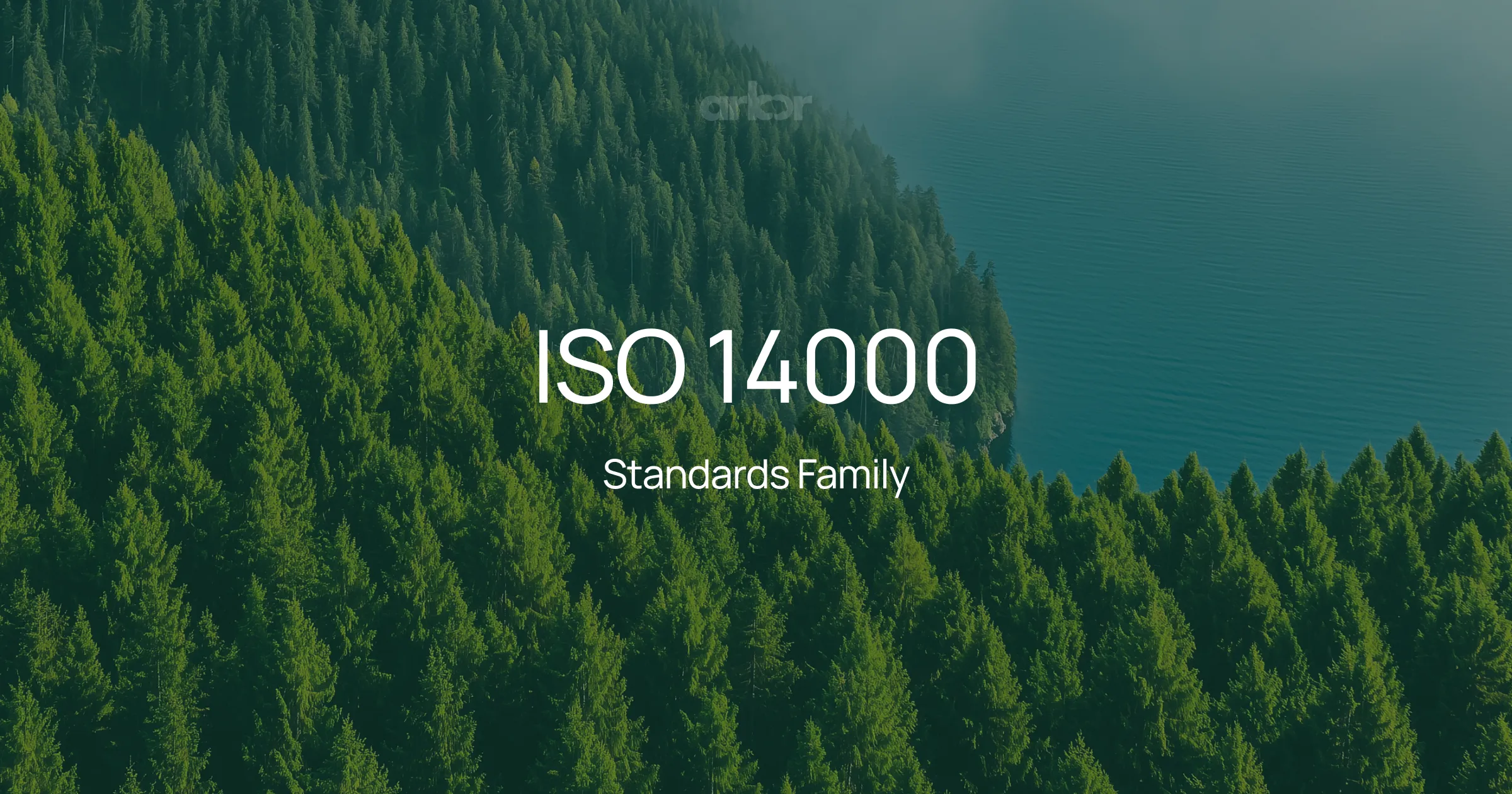
.webp)
%20Directive.webp)
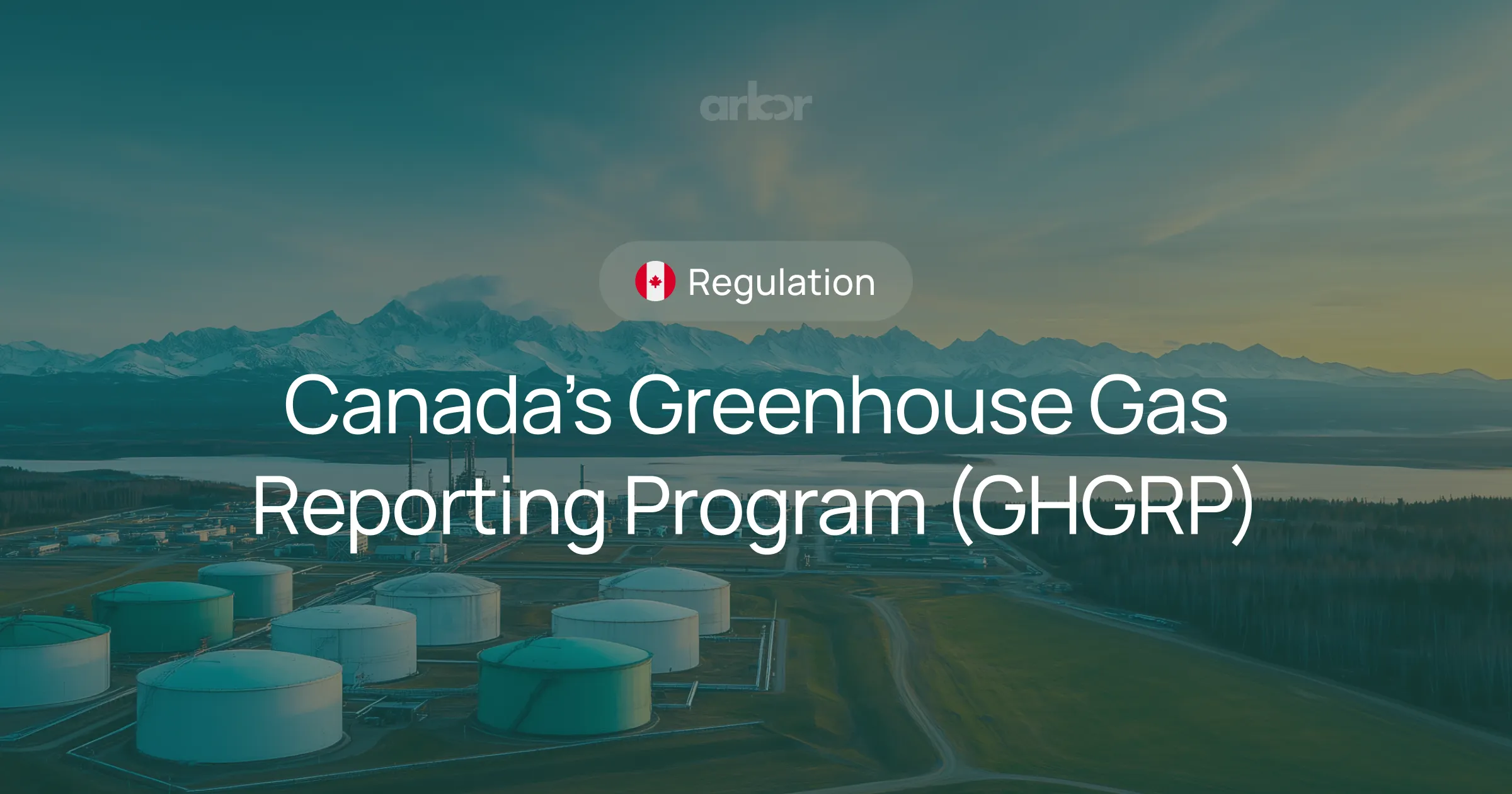

.webp)
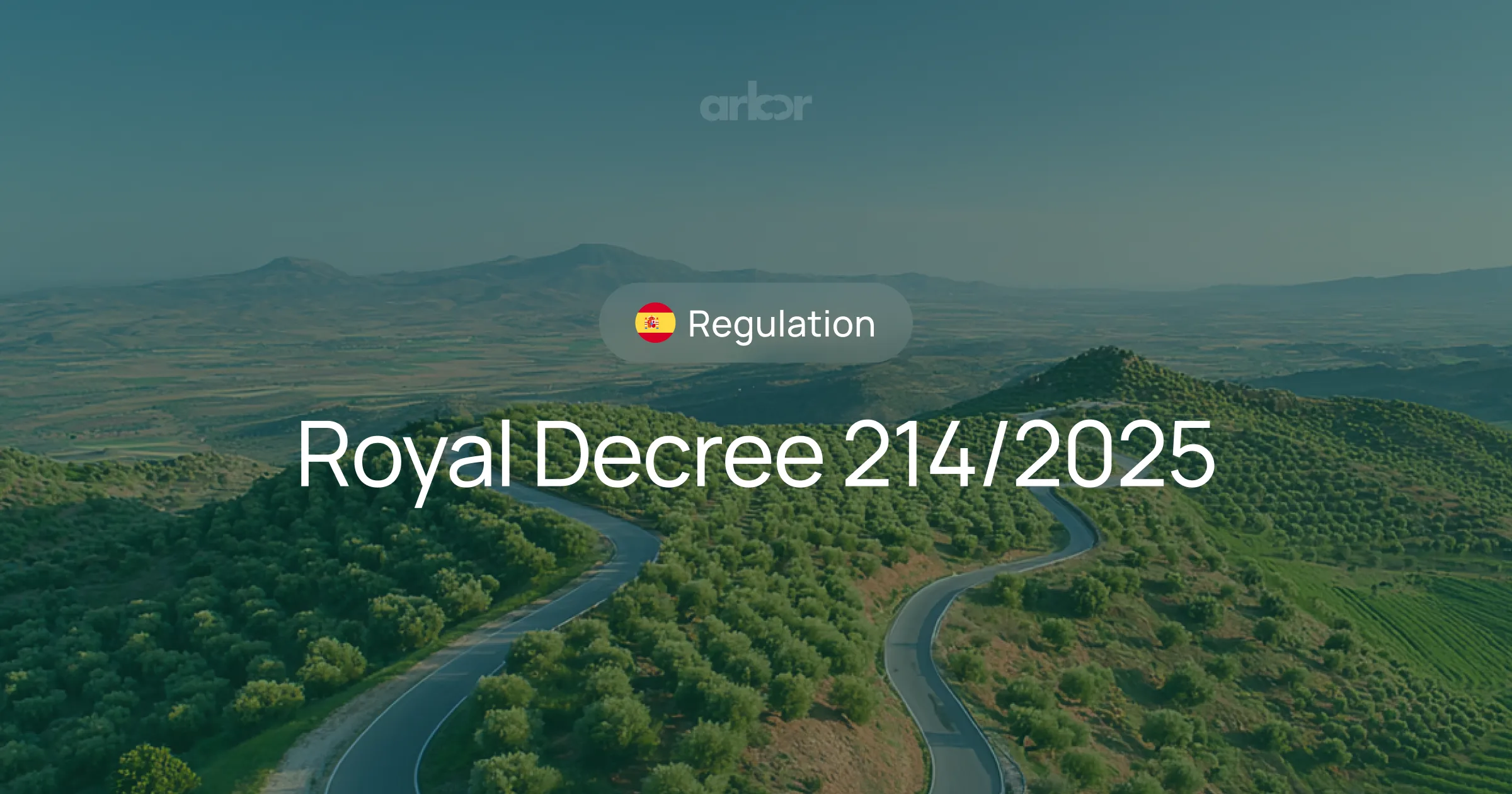
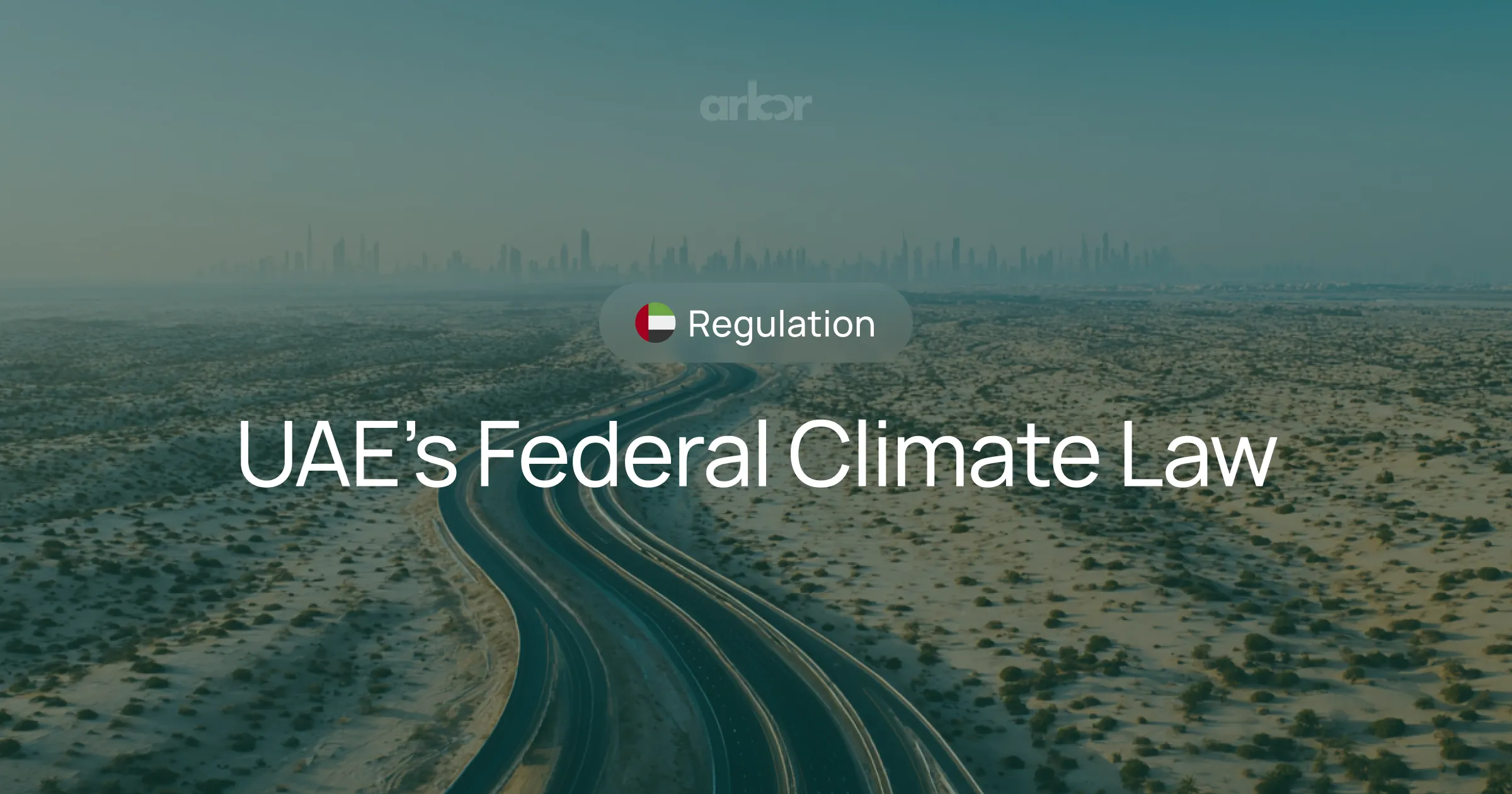

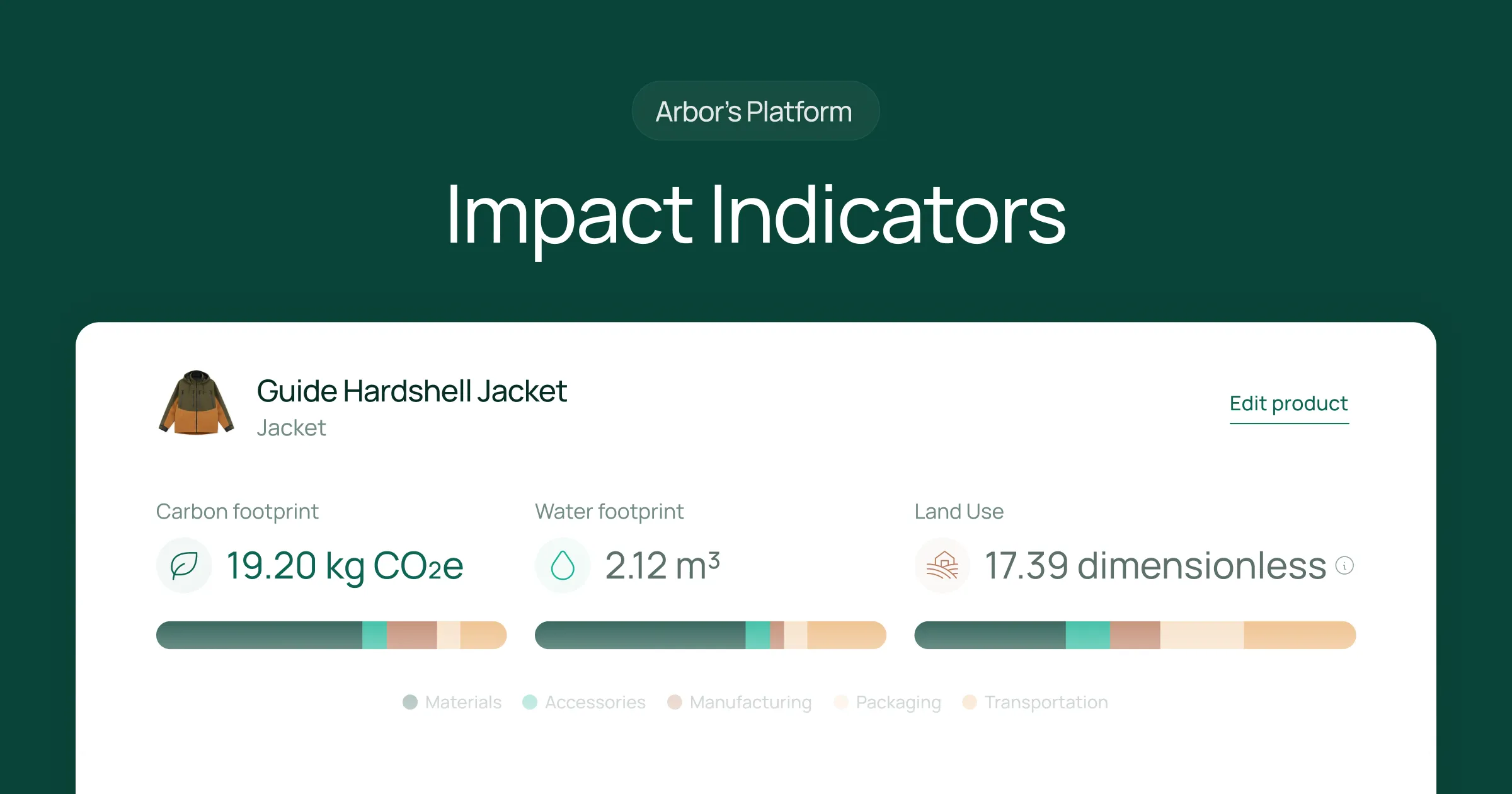
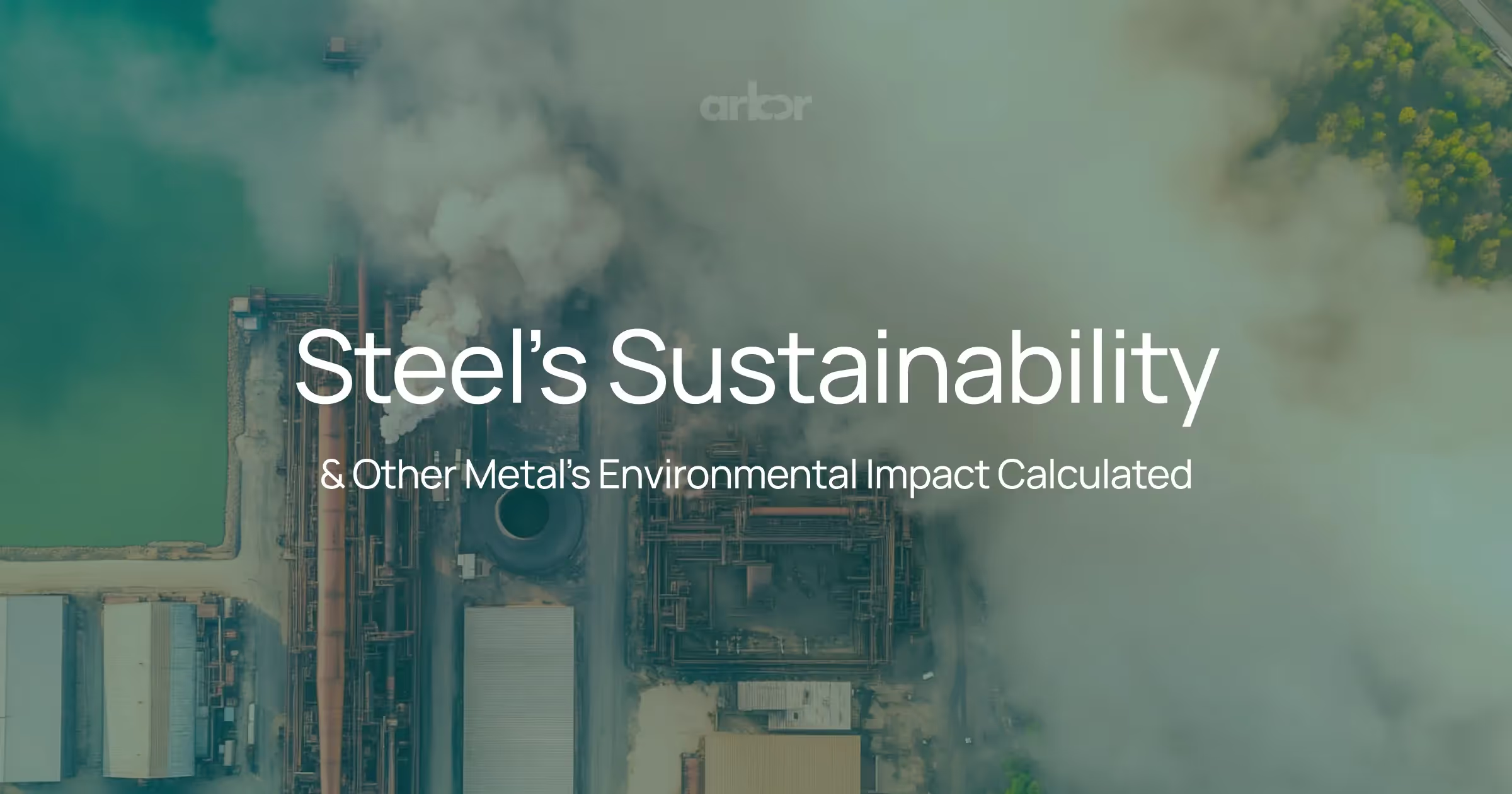

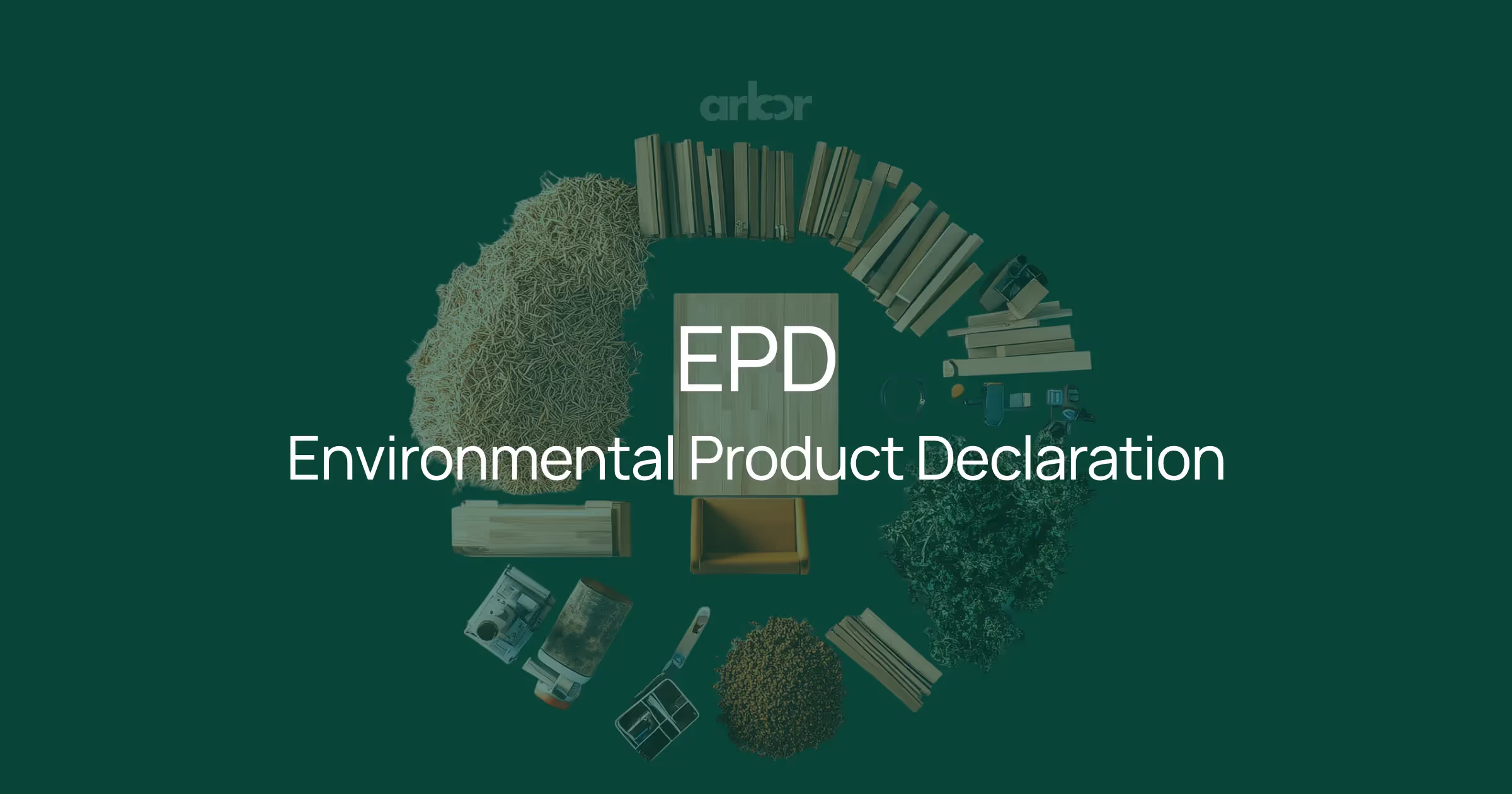
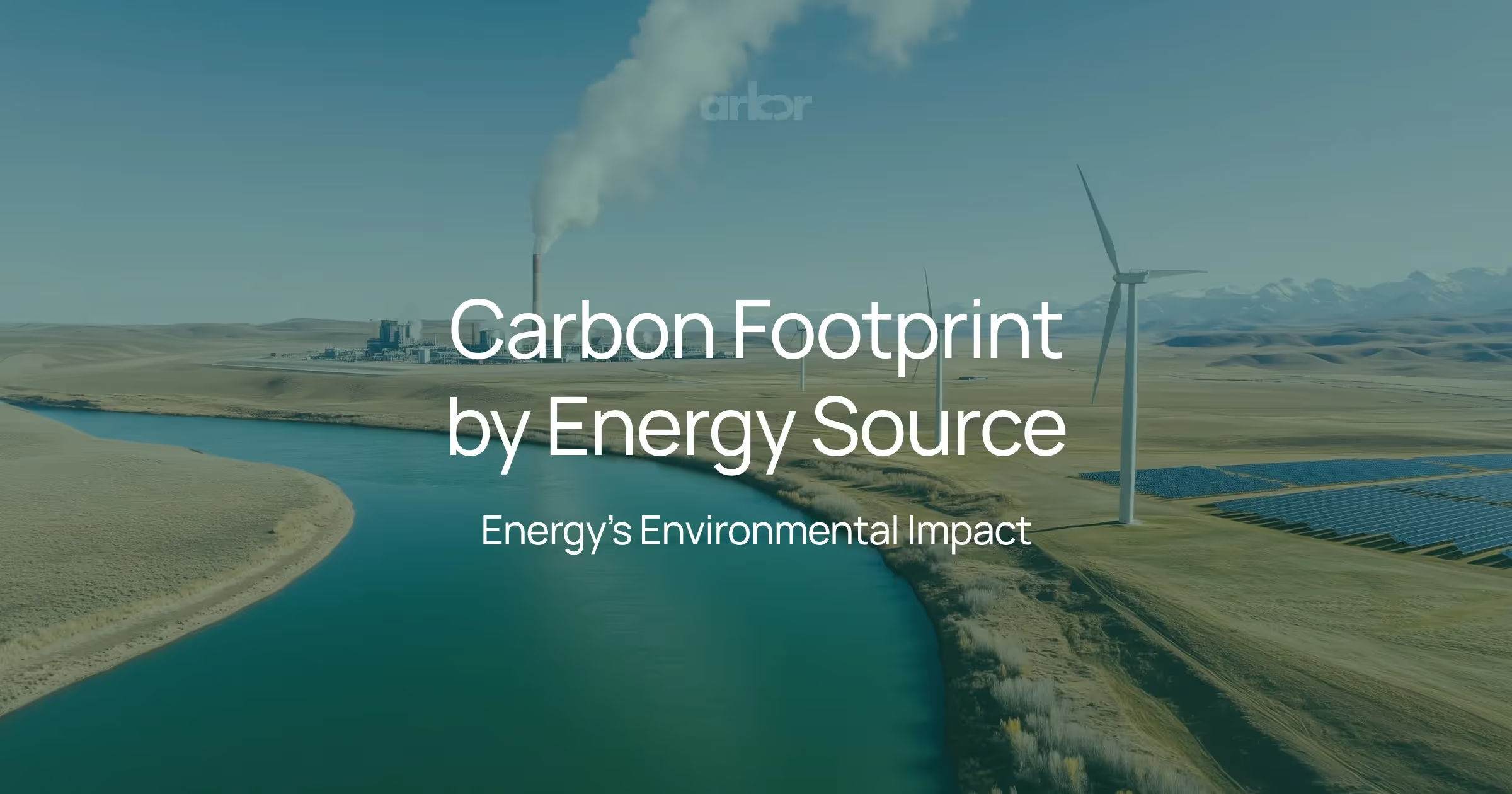

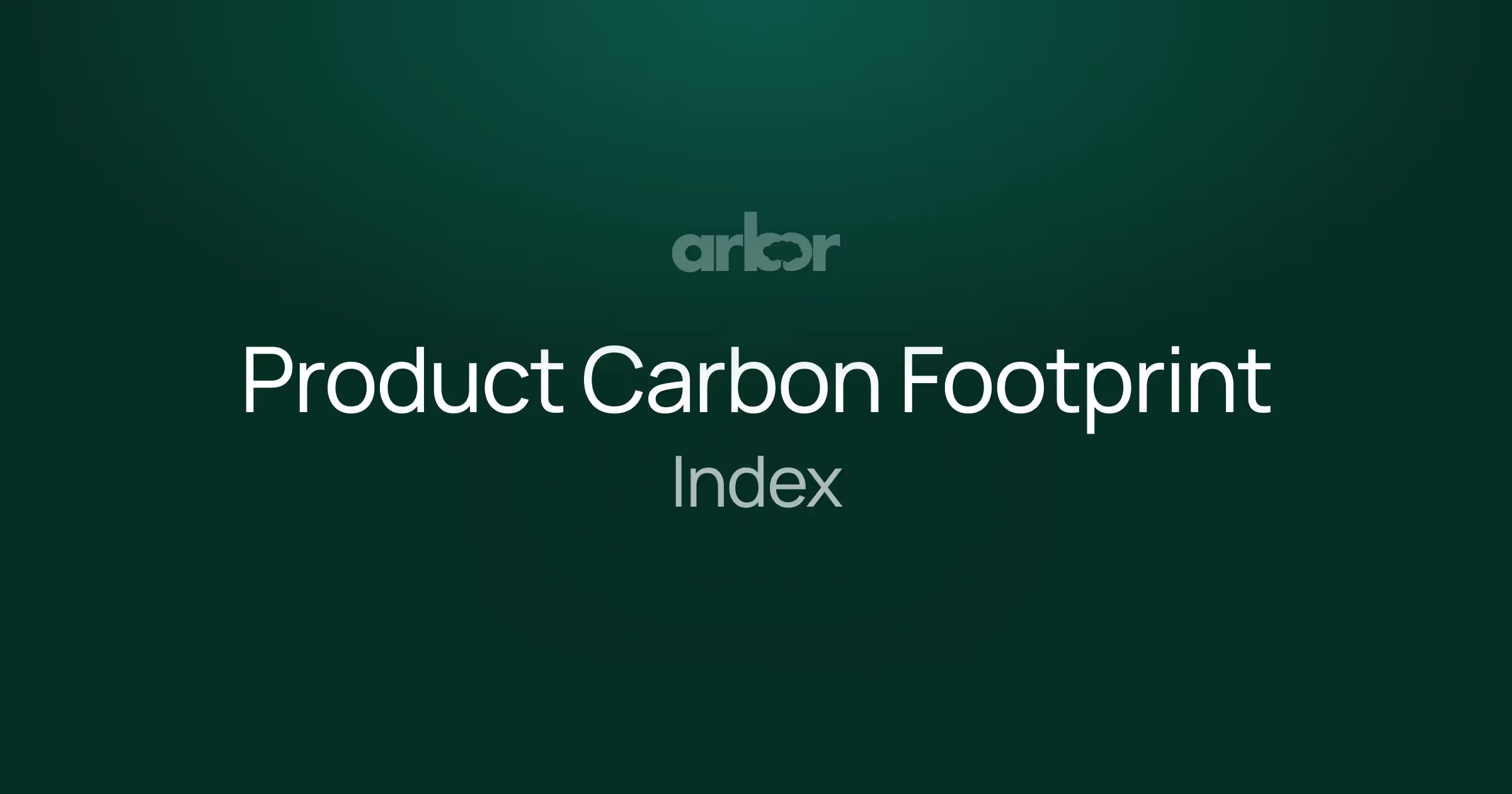
%20Arbor.avif)
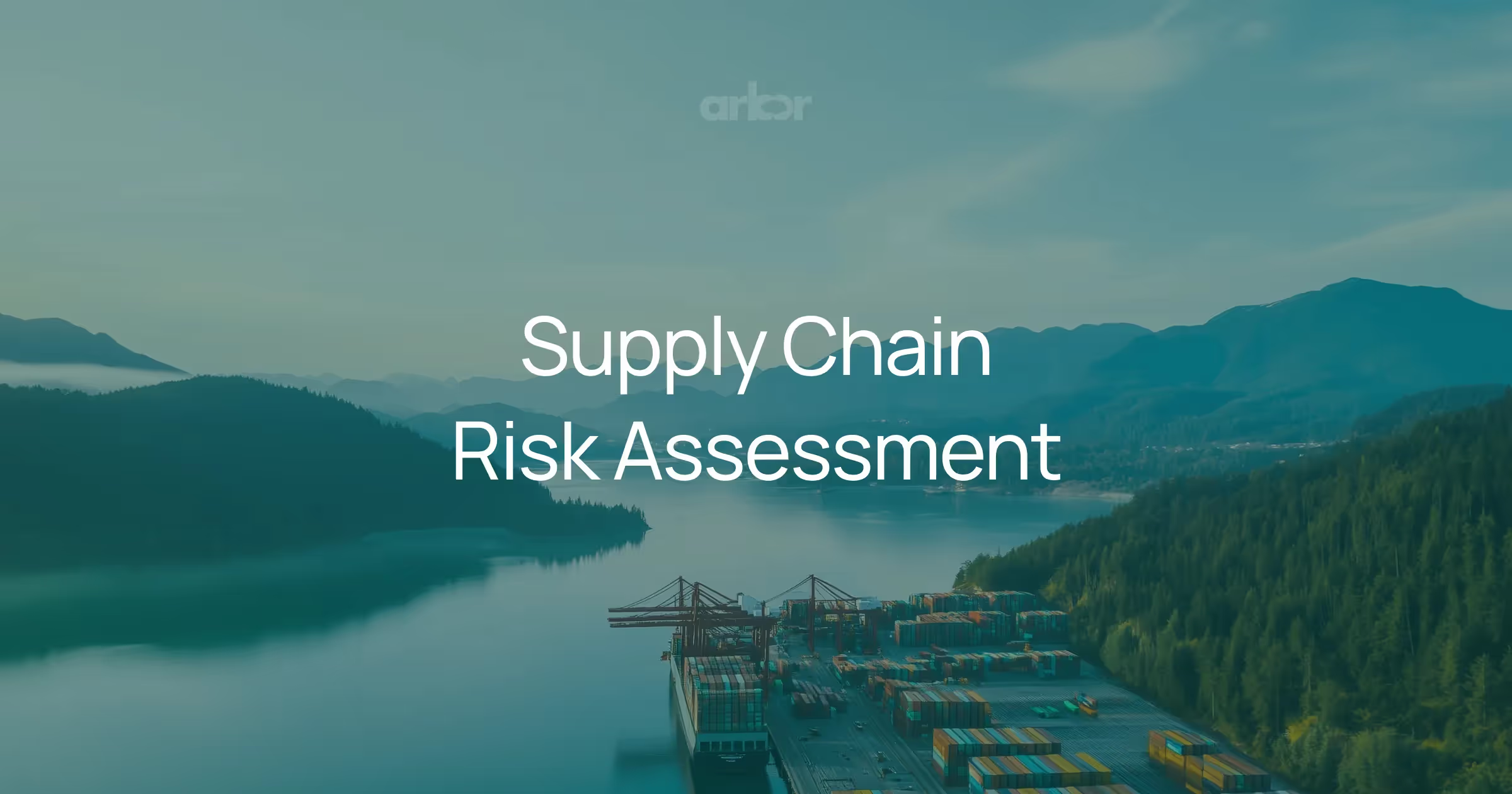
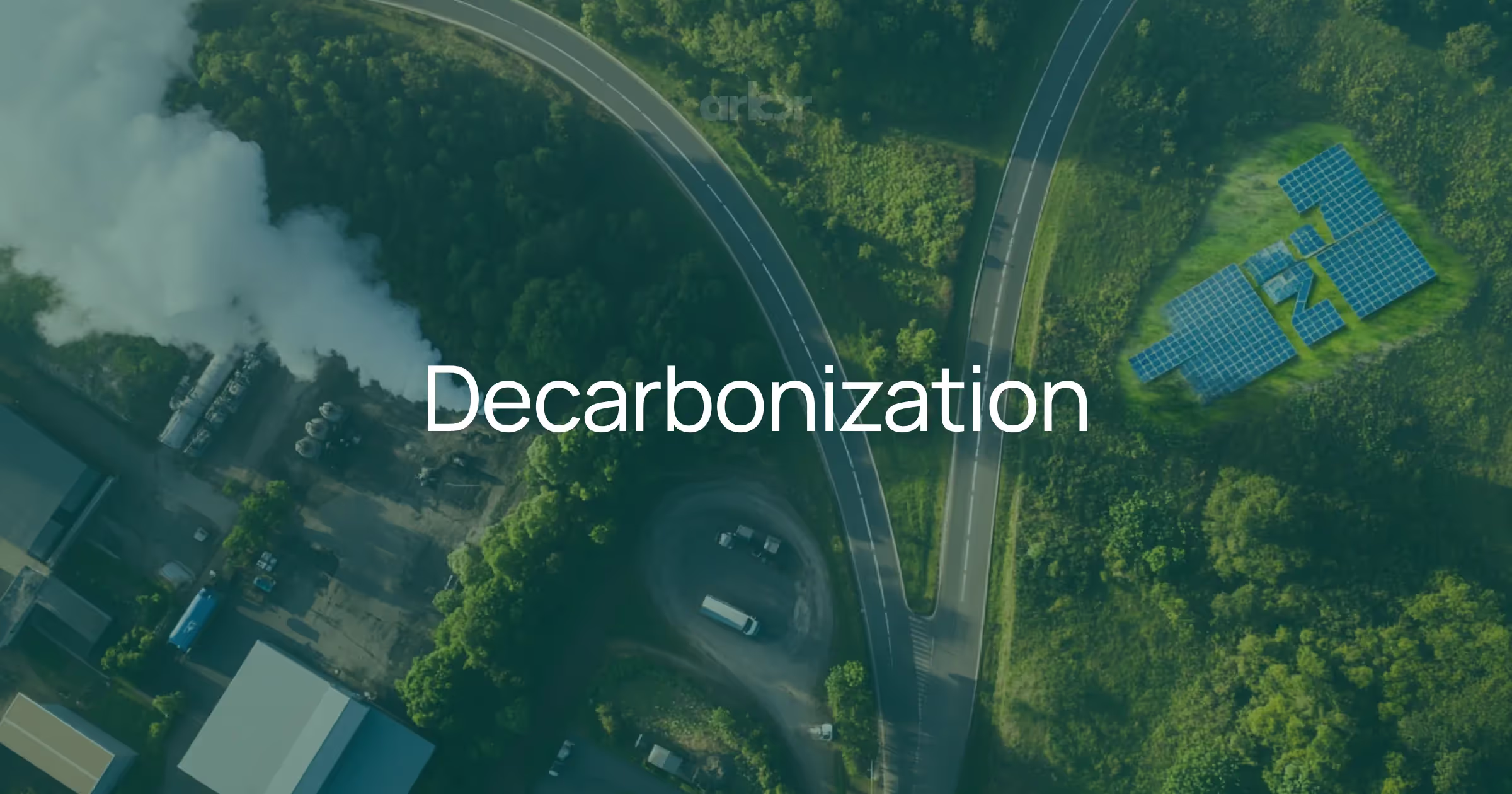

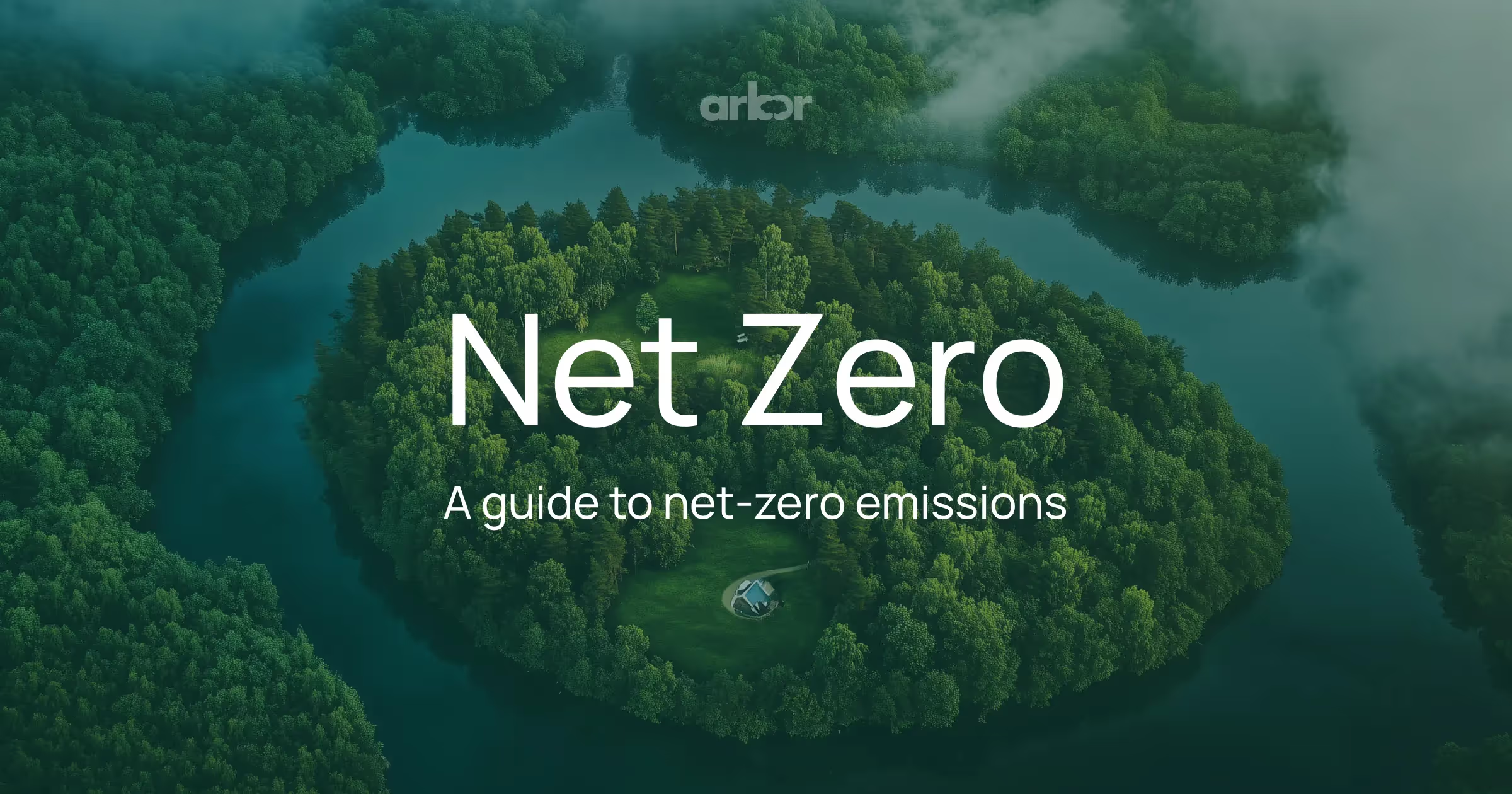
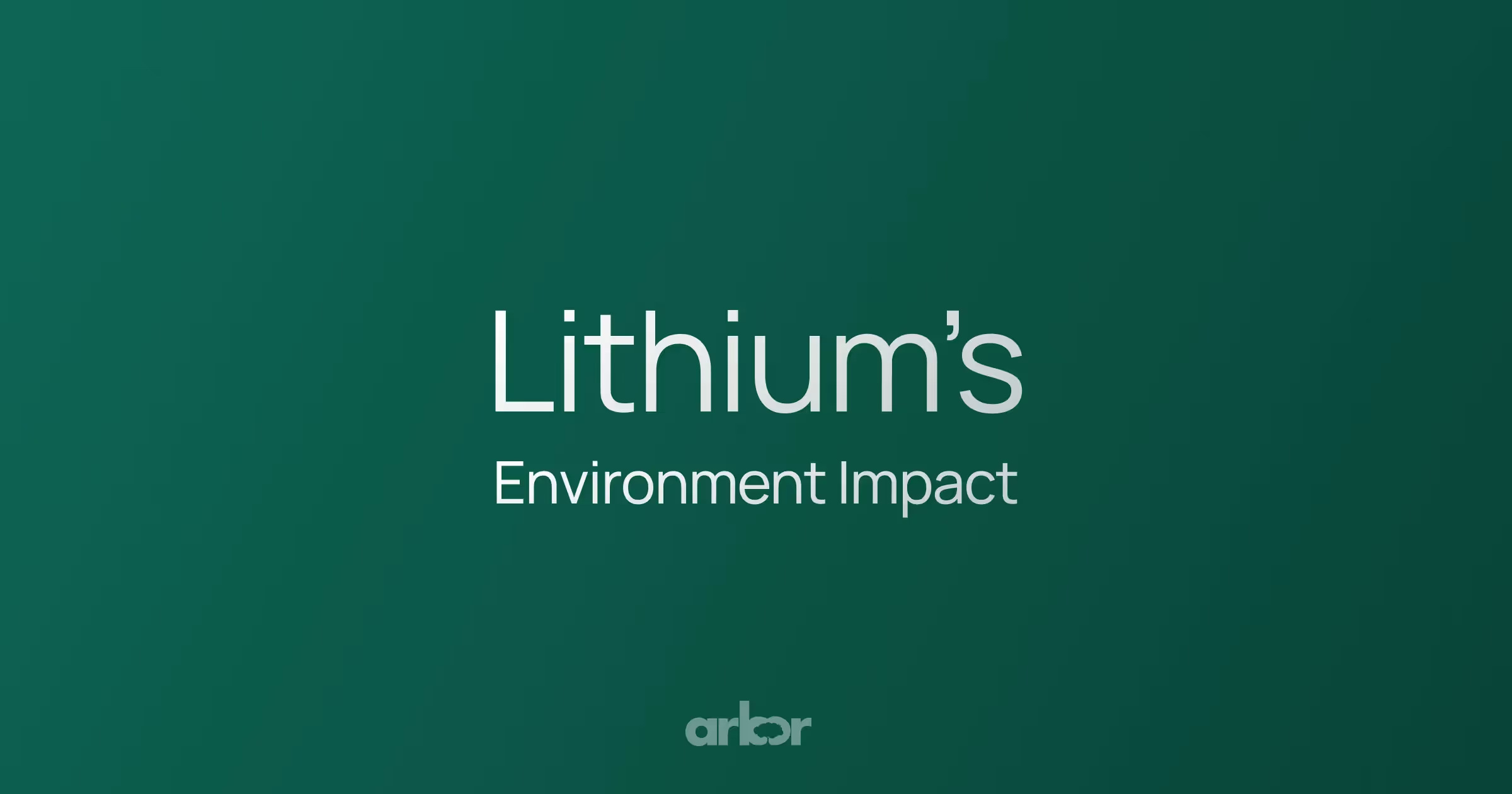
%20Arbor.avif)
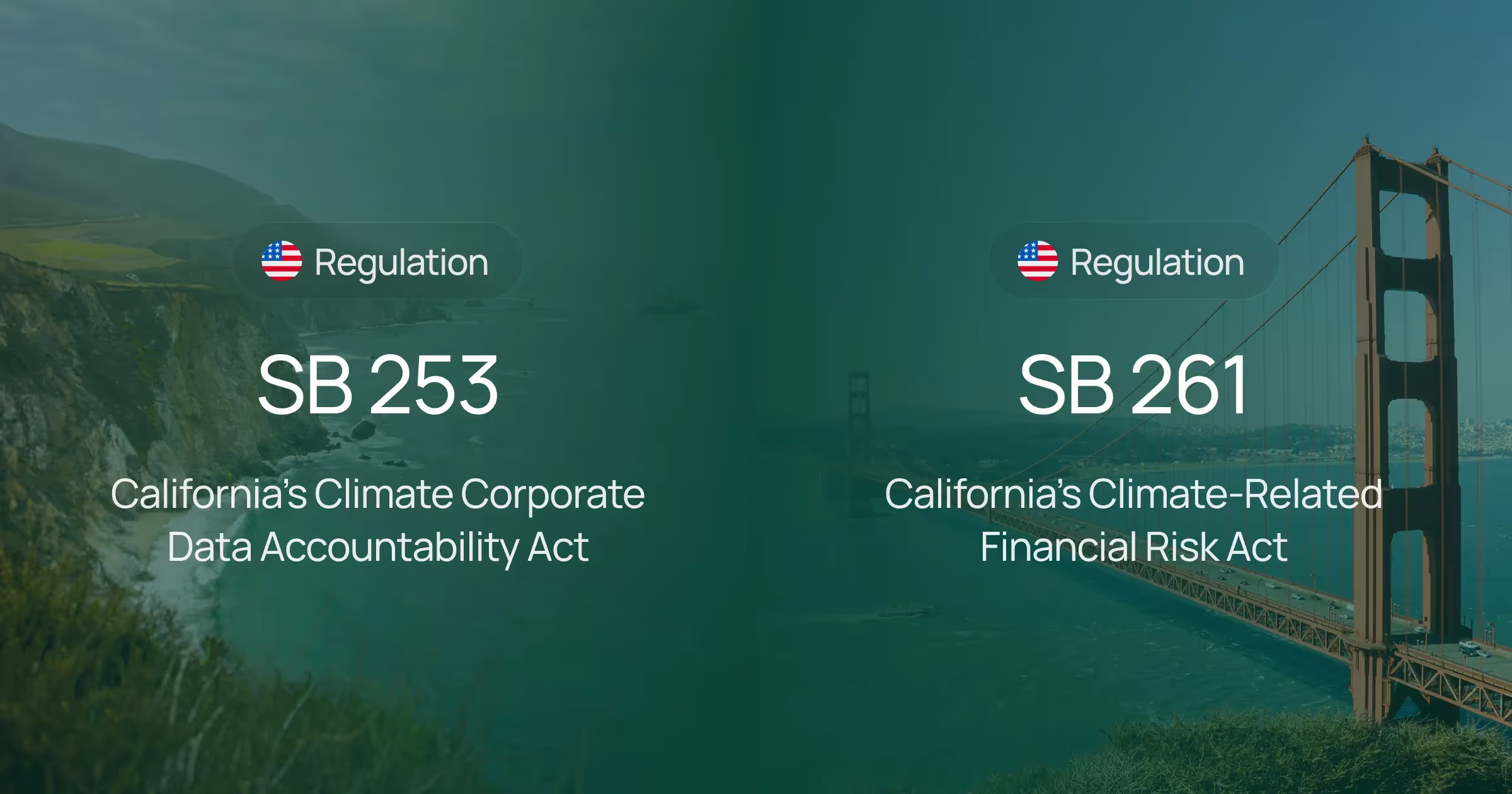

.avif)

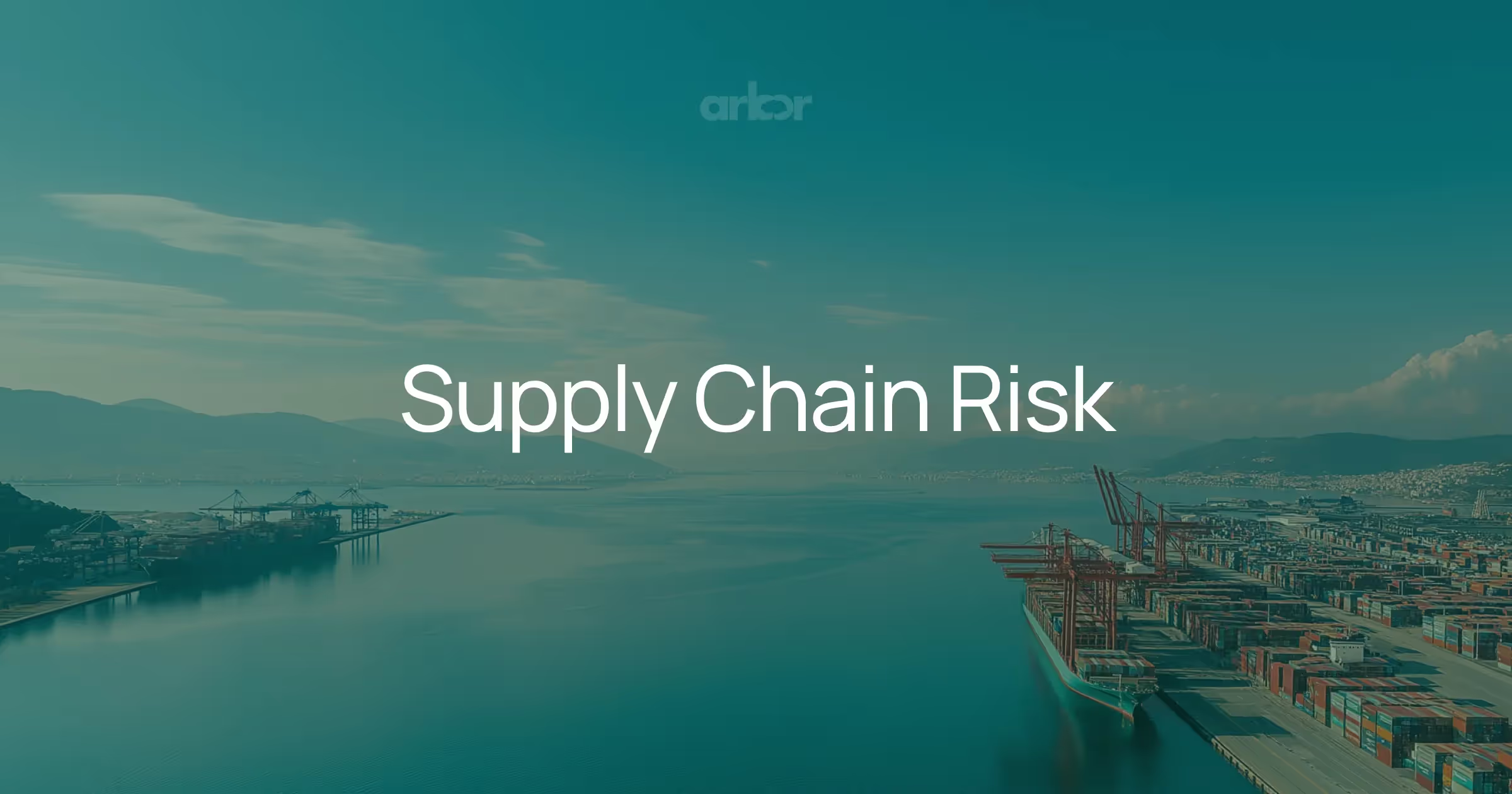
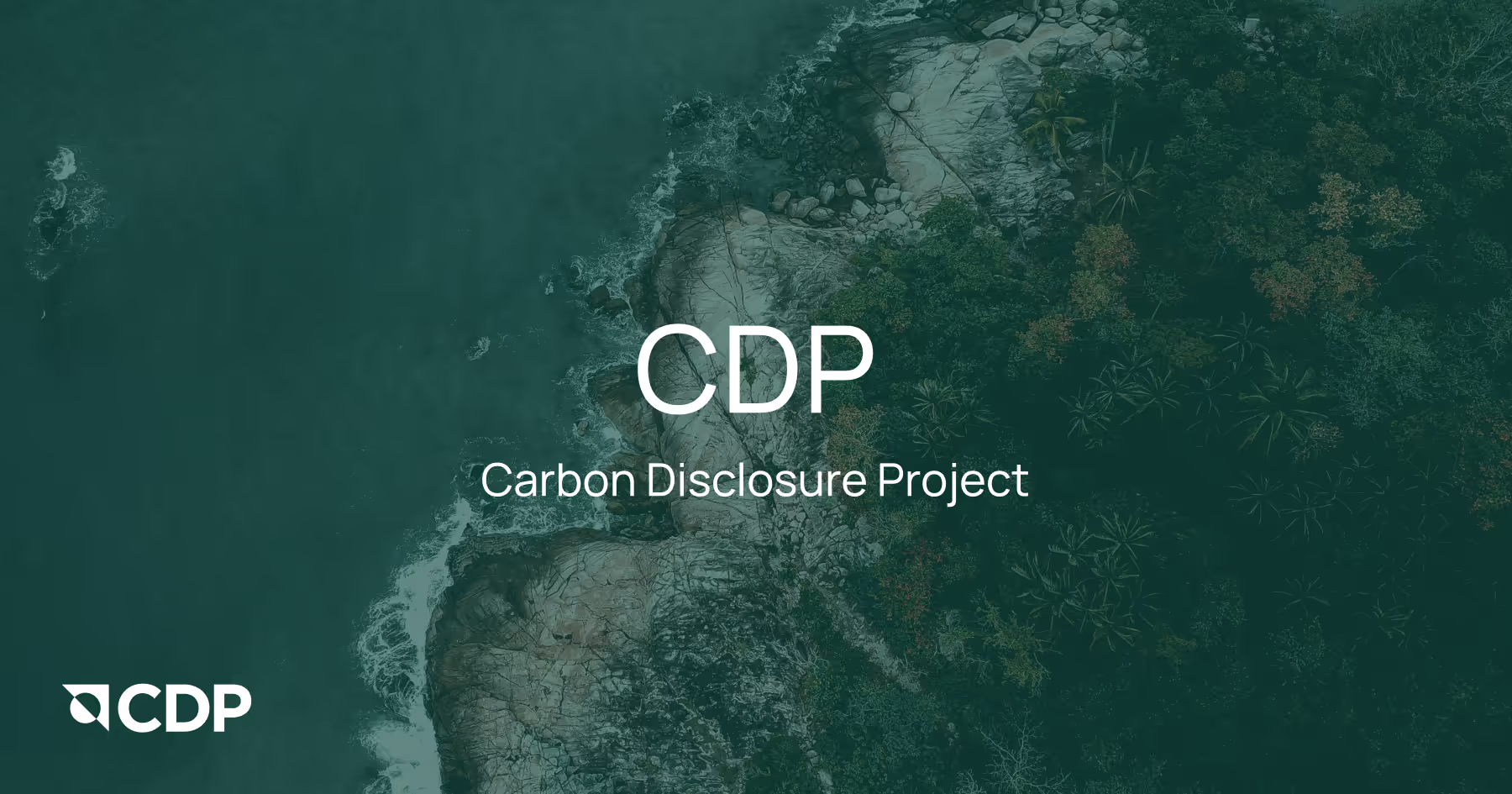
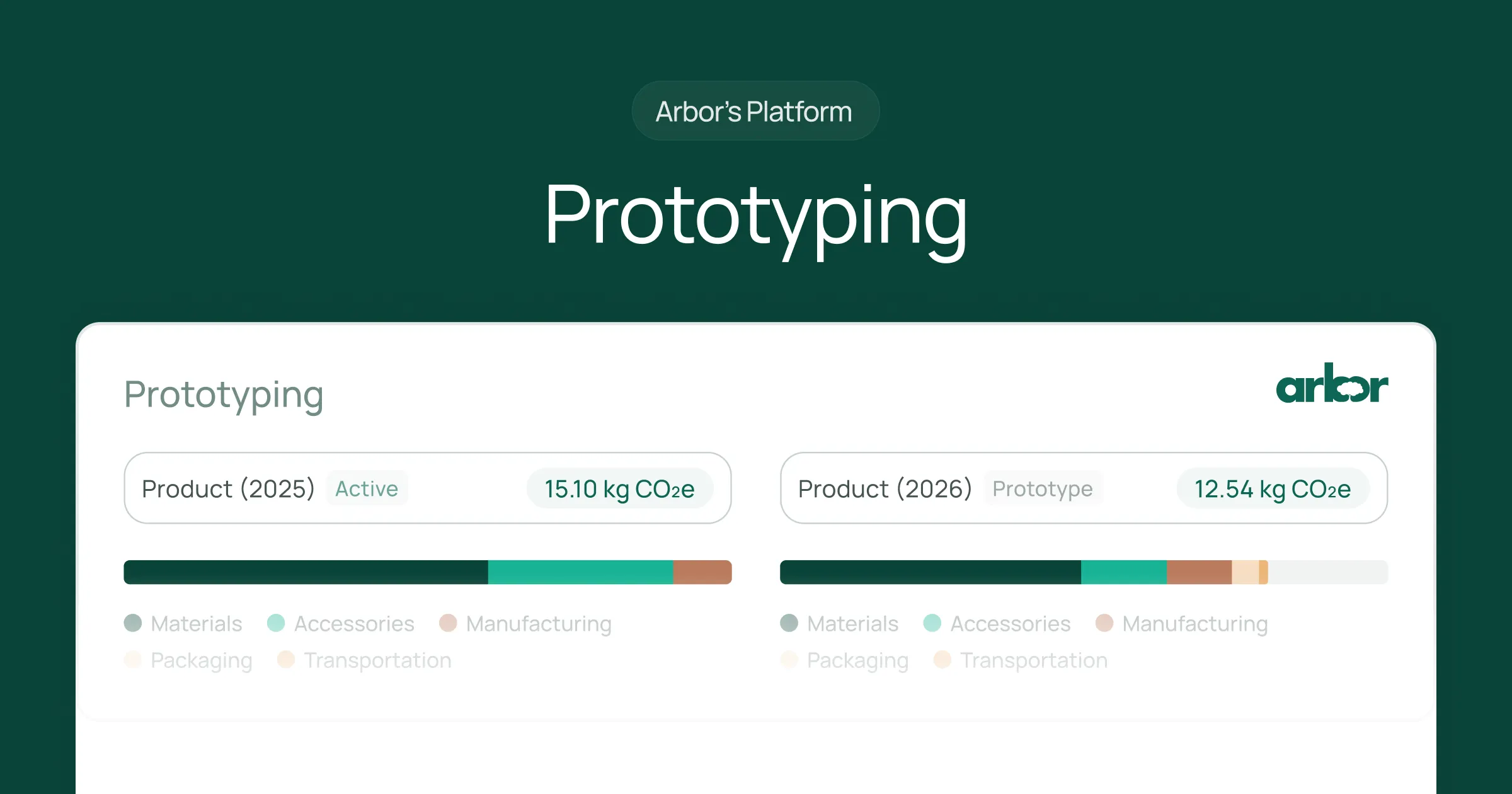
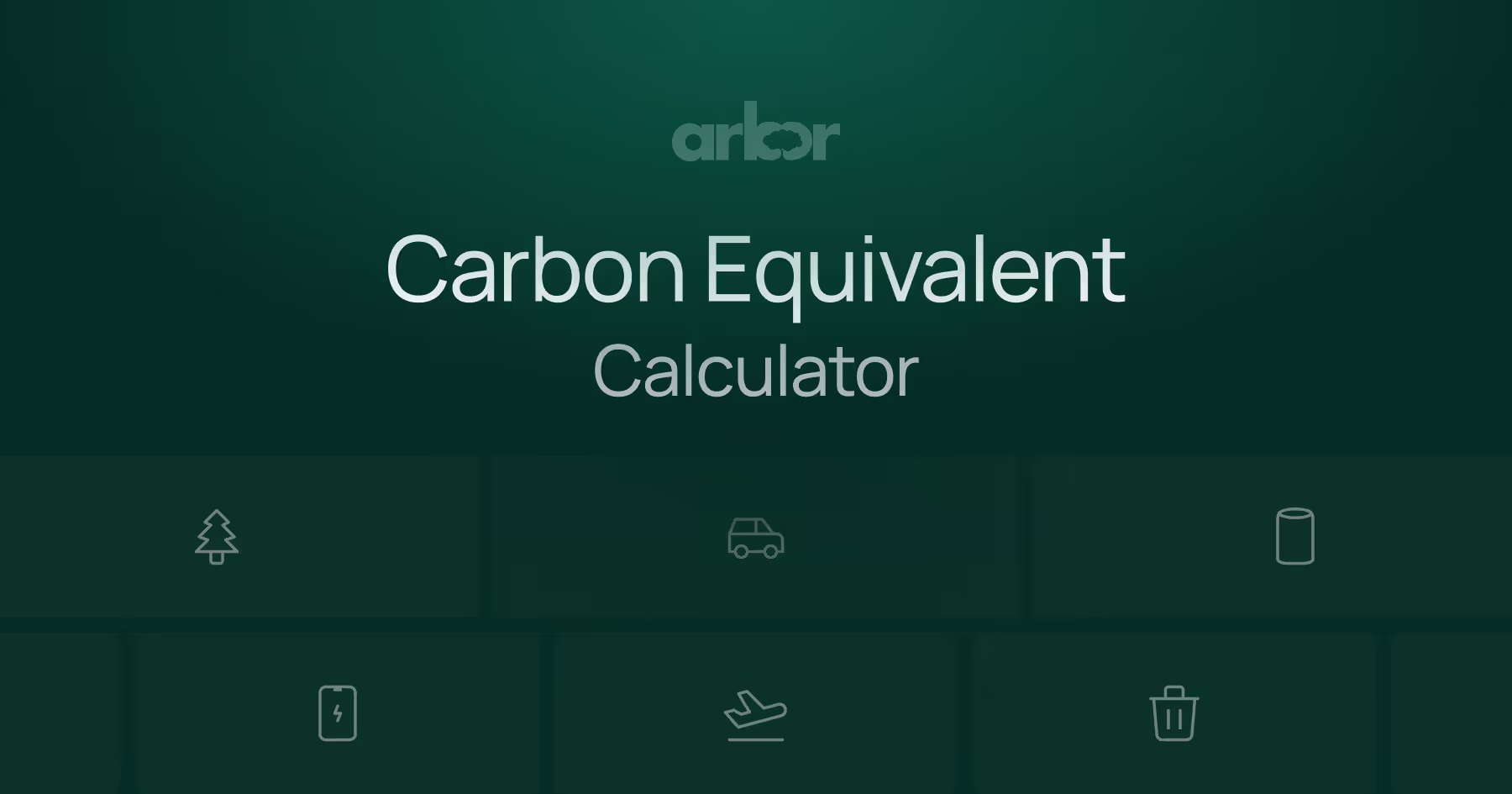

%20Arbor%20Canada.avif)
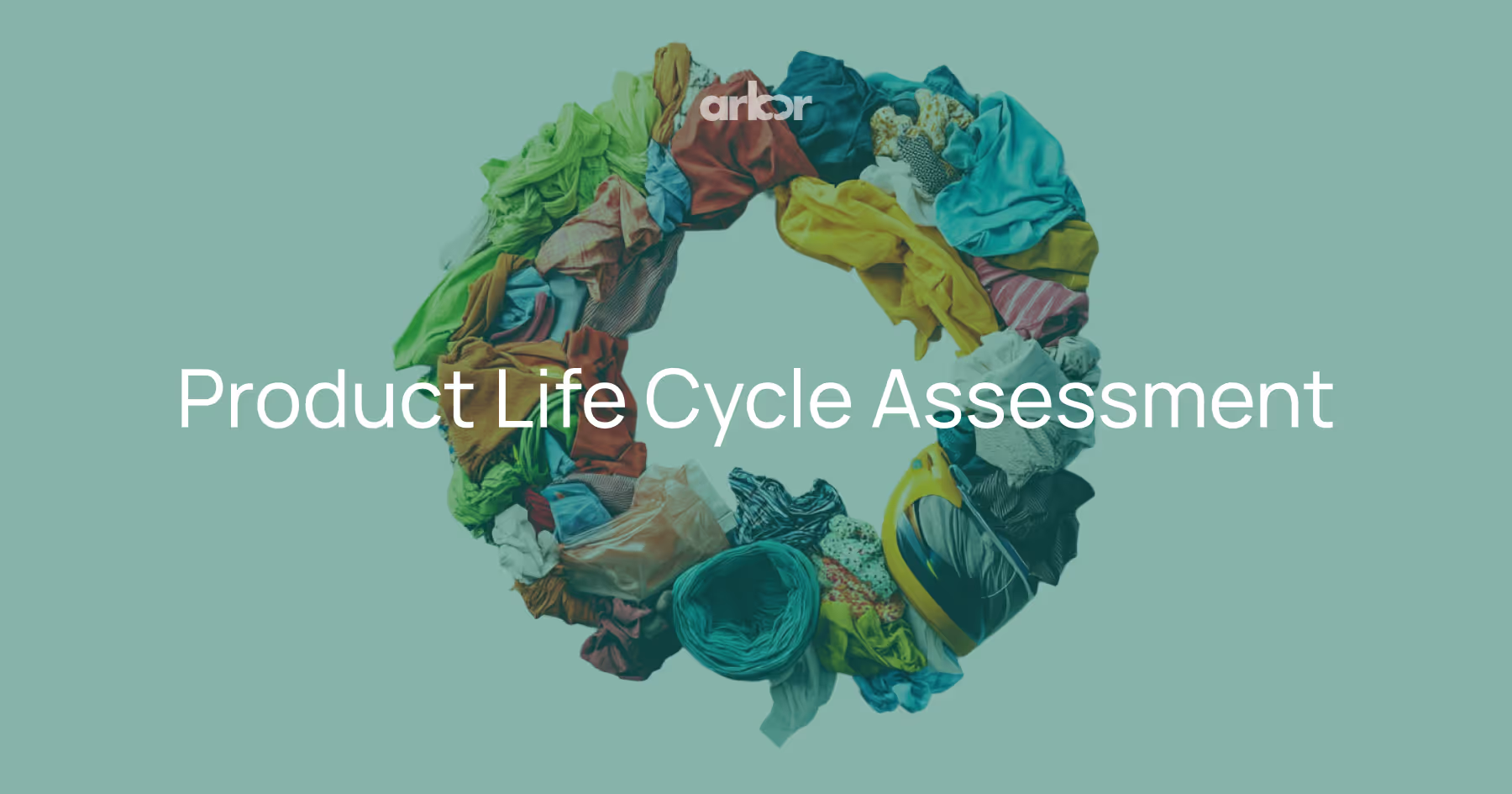
.avif)
%20Arbor.avif)
.avif)
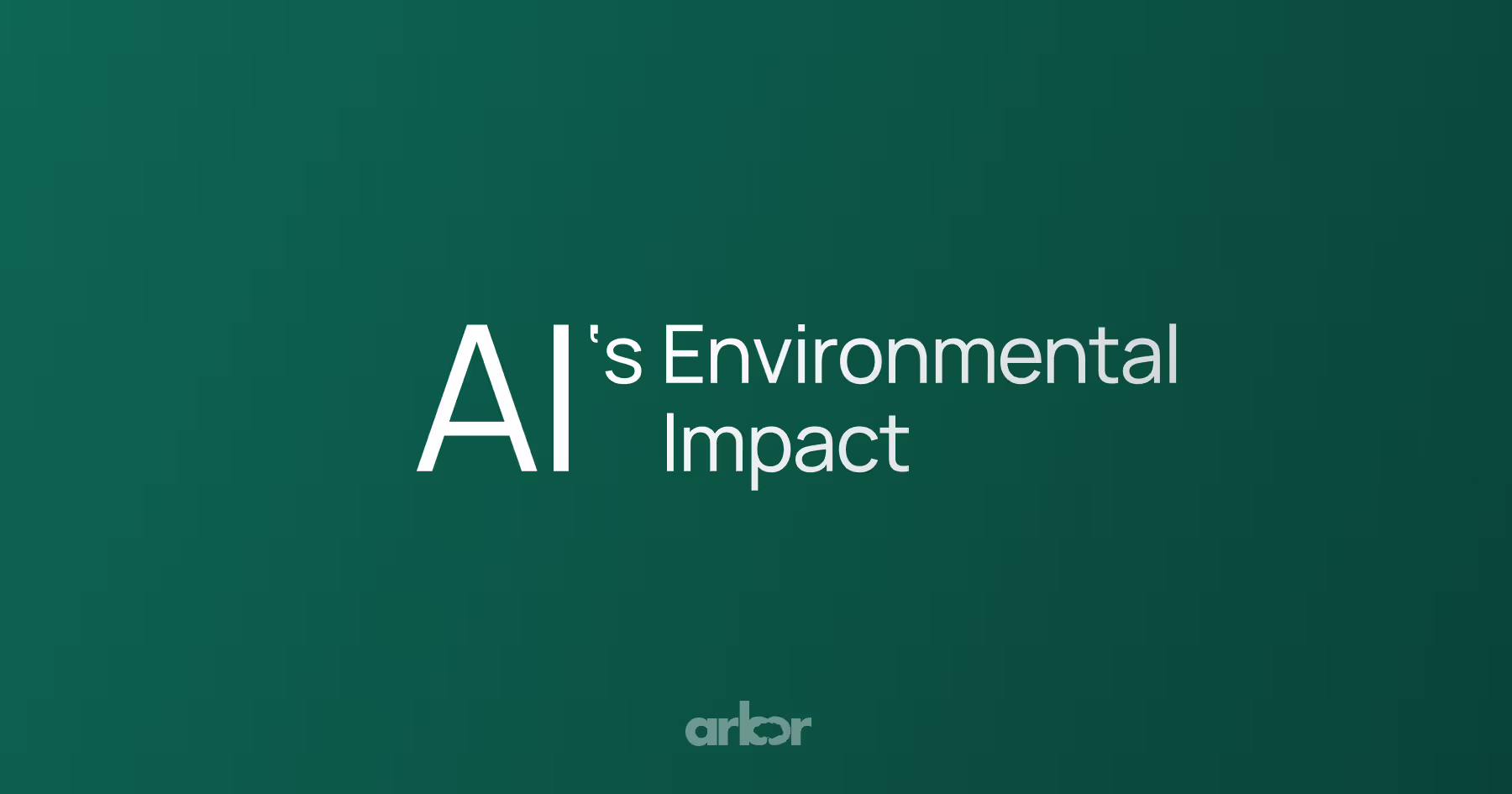

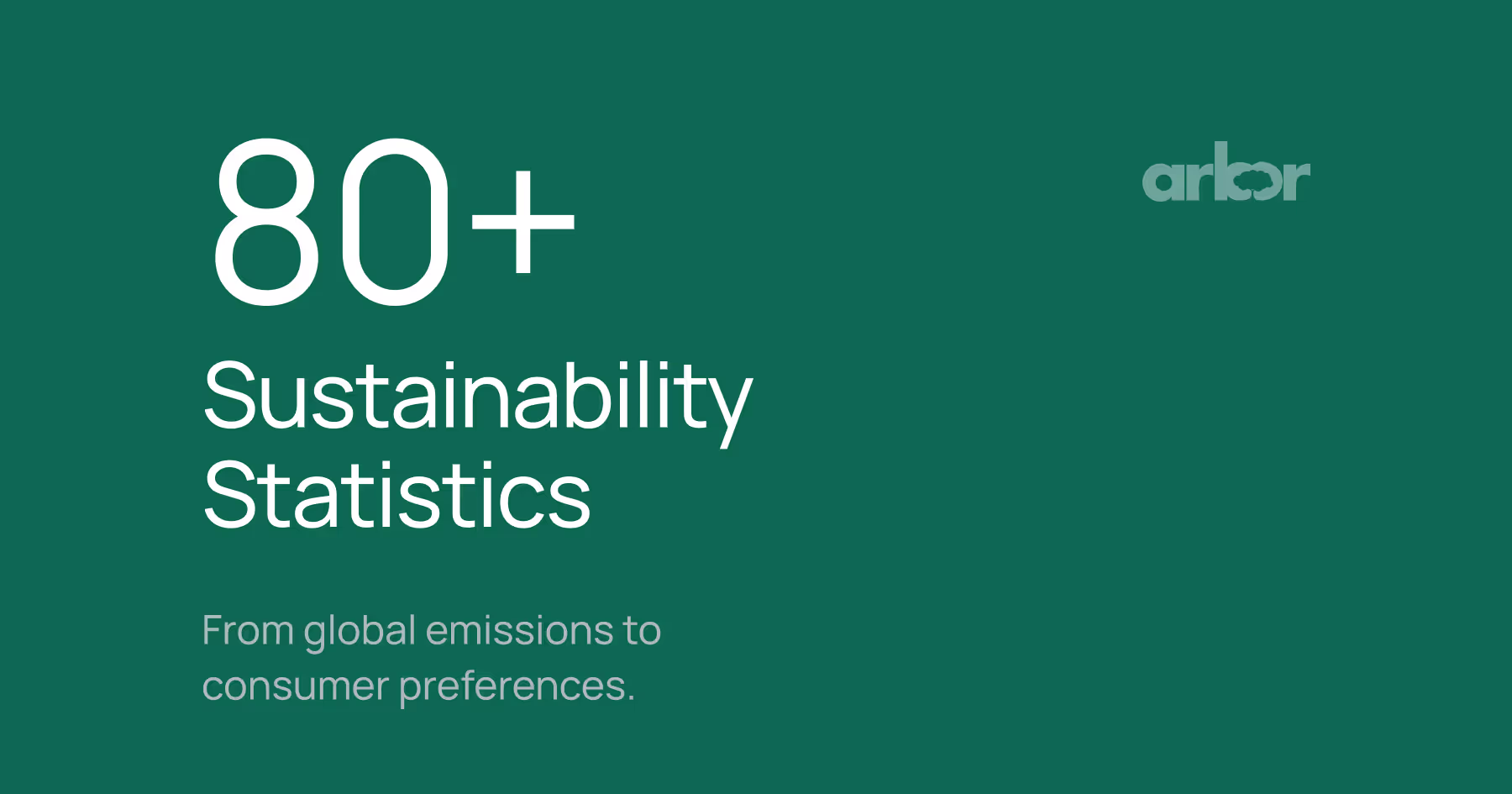

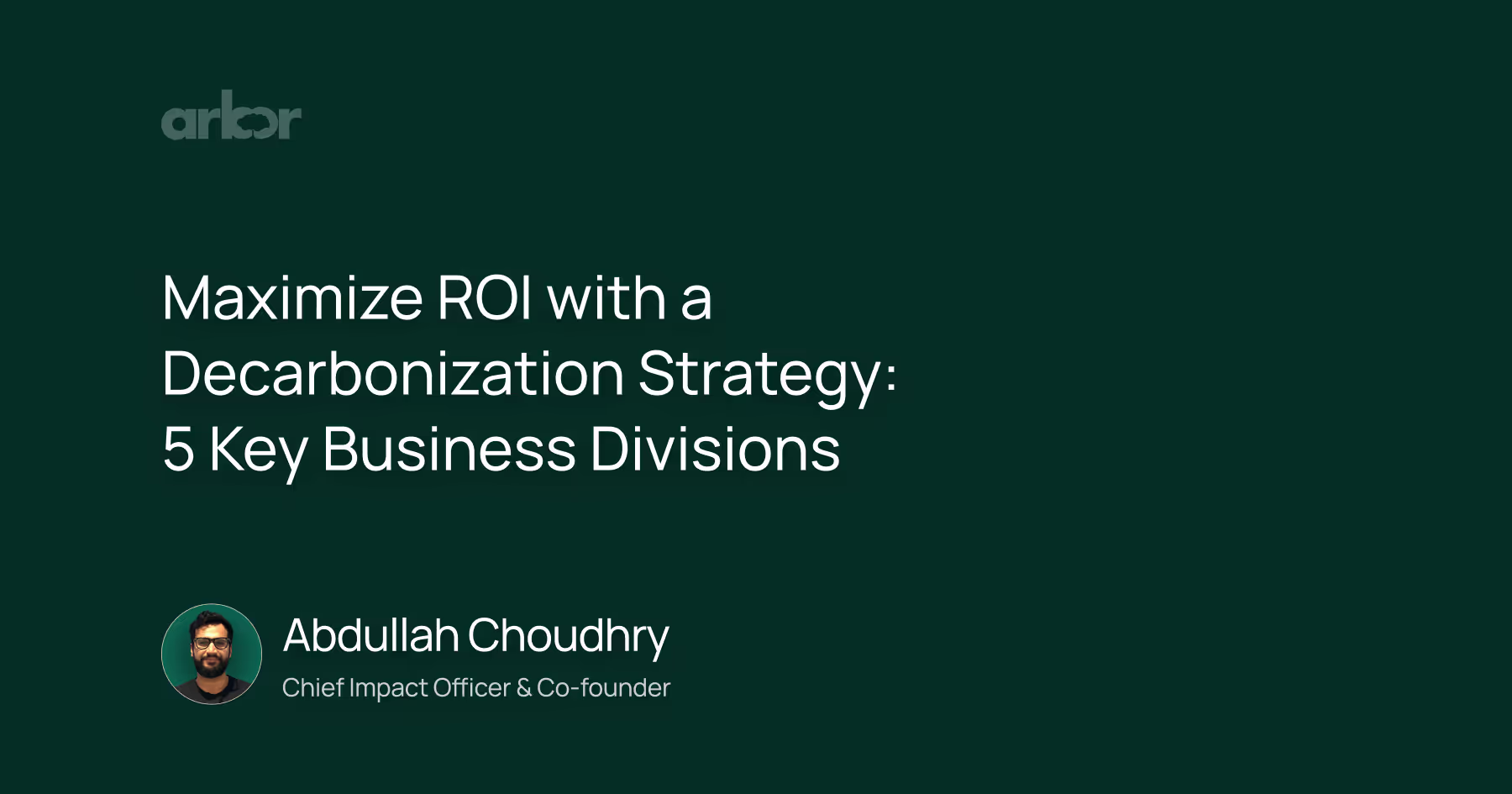

_.avif)
.avif)
%20Arbor.avif)




%20Software%20and%20Tools.avif)





.avif)
.avif)
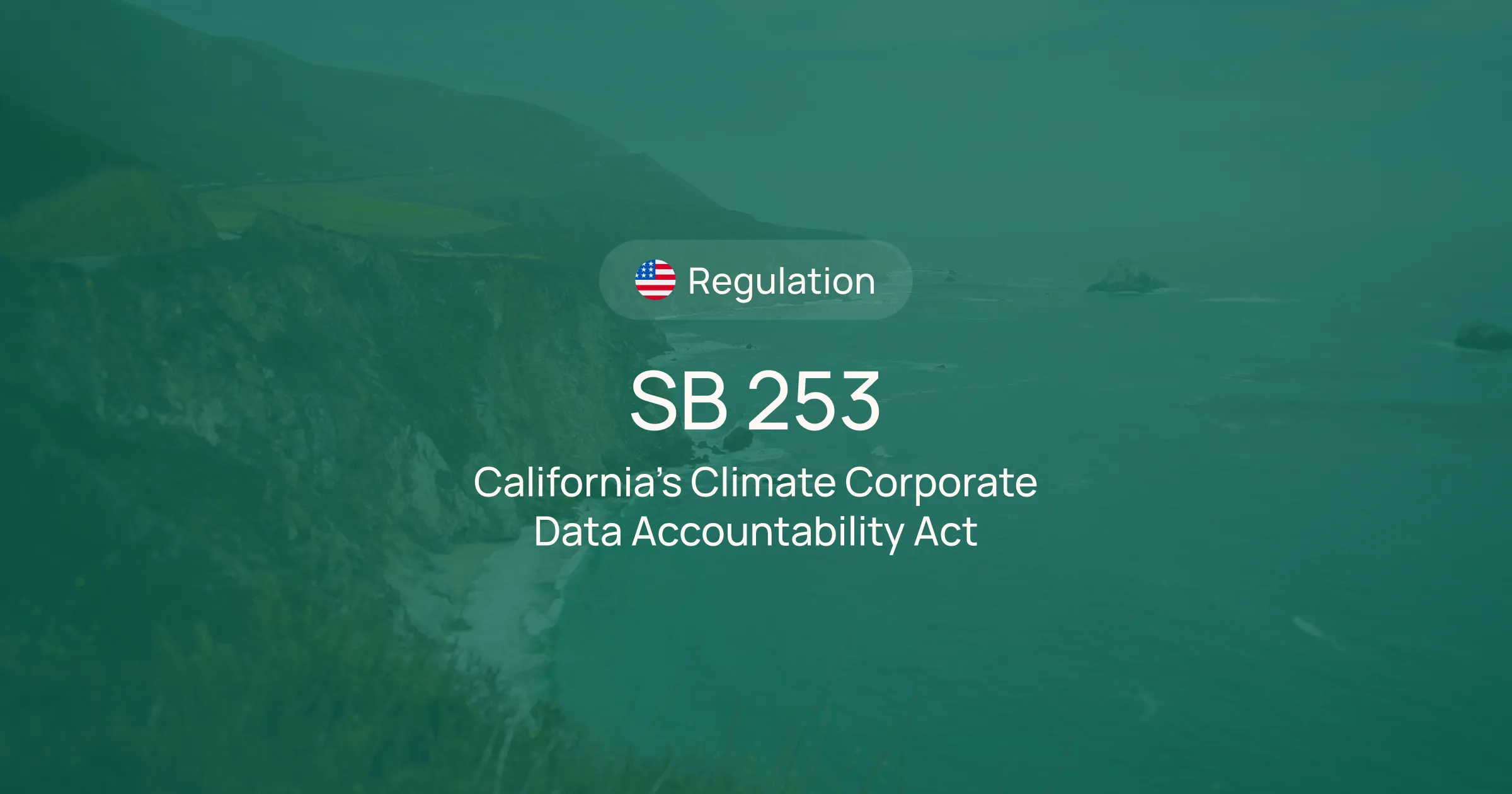



%20EU%20Regulation.avif)







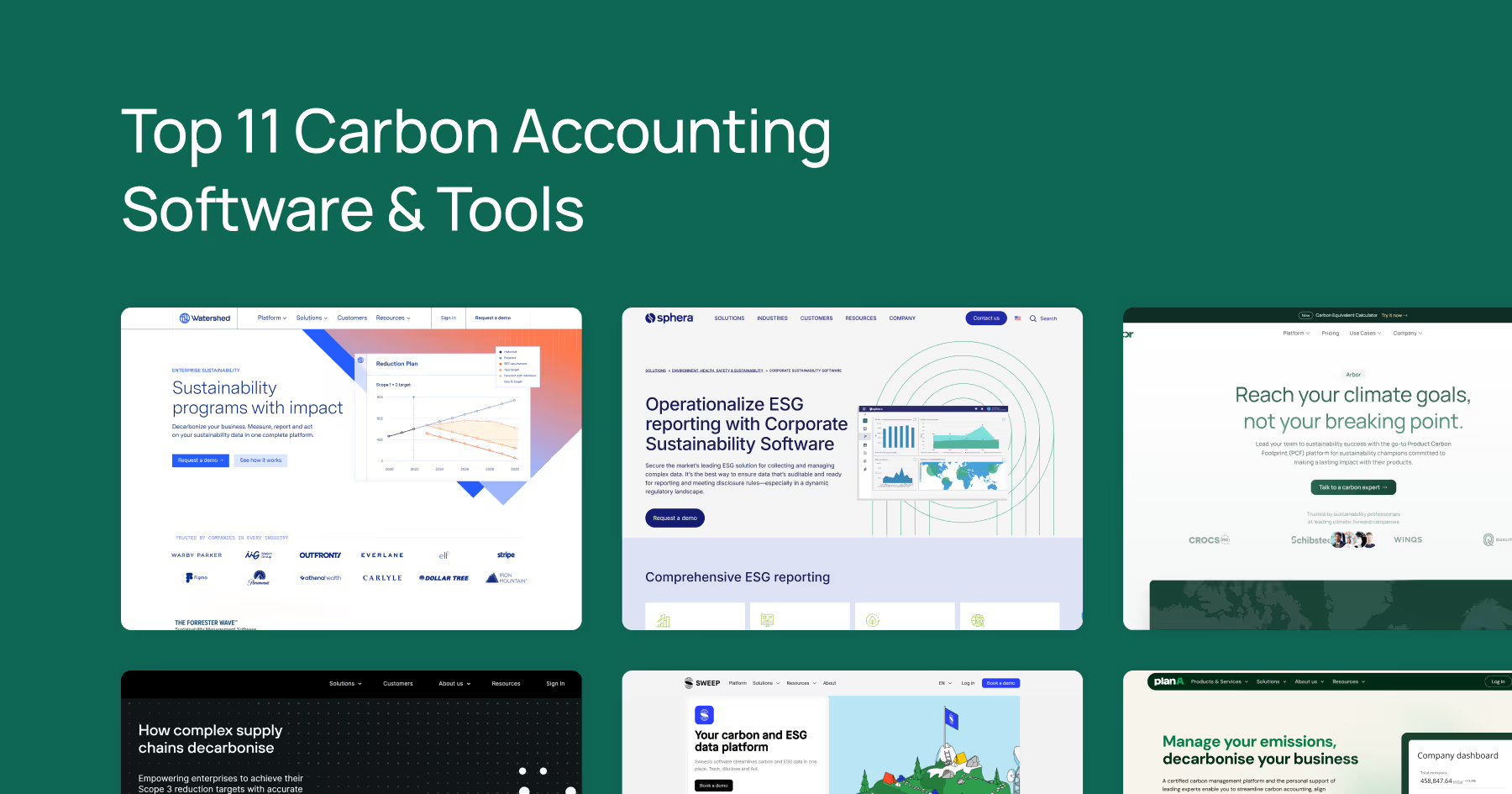




.avif)


%20Arbor.avif)









_%20_%20Carbon%20101.avif)







.avif)

.avif)
.avif)









